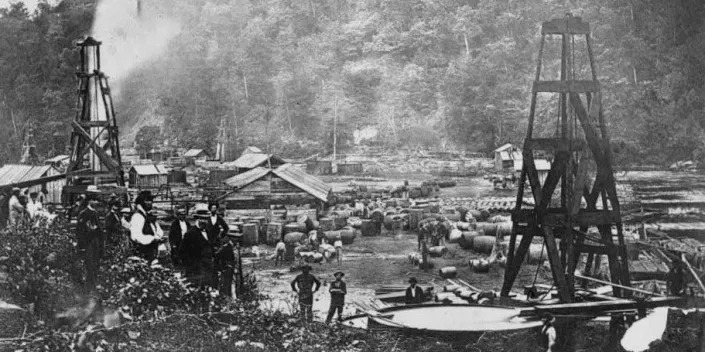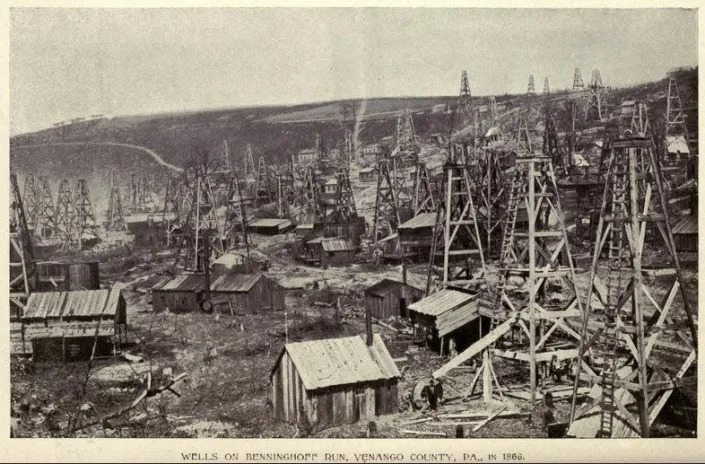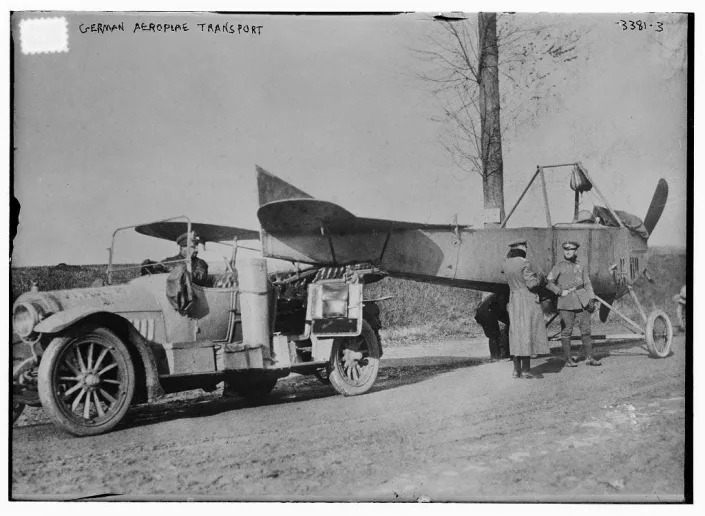Ben Werschkul
Senior Producer and Writer
Sun, May 22, 2022
Earlier this year a ban on lawmaker trades seemed inevitable.
But months have now passed, and in spite of a wide swath of lawmakers across the political spectrum —from Sen. Elizabeth Warren (D-MA) to Sen. Josh Hawley (R-MO) — expressing support, the parties have yet to come together on the details.
Close observers now say the last best hope for action this year is from ongoing talks among about a dozen senators.
Senator Jeff Merkley (D-OR) is one of the leaders of that effort which includes Warren and others. During a detailed conversation with Yahoo Finance this week, he said consensus is building around certain issues, but he doesn't "feel we're anywhere close to being able to say we've got it all wrapped up.”
“Oh boy,” he added with a laugh when pressed on when the clock might run out for action during this election year. He didn't offer an answer but said he is having conversations on the topic every day.
Senator Jeff Merkley, D-OR in April.
This year's last-ditch effort comes amid a stock market selloff that has seen the S&P 500 (^GSPC) flirt with a bear market with other indexes already there. Much of what has galvanized the issue in Washington — and the strong public support for action — was a 2020 scandal that saw two senators sell stocks after a private briefing on the coronavirus in 2020 before the market fell that year.
While Merkley says he's seen no evidence of additional trading during this current sell-off, advocates for a ban often note that even the proximity of a lawmaker trade to market movements can be damaging. There’s corruption and then “there is also the perception of corruption, and that's a problem” Merkley says.
Merkley has now been pushing for a stock trading ban for the better part of a decade alongside Sen. Sherrod Brown (D-OH). They began pretty much immediately after then-President Barack Obama signed the Stop Trading on Congressional Knowledge (STOCK) Act in 2012 which required public disclosure of trades but stopped short of a ban.
‘Family members have to be included’
The Oregon Senator says agreement was forming around some issues.
“I think there's a consensus that family members have to be included,” he said of one of the recent points of contention, specifically whether a lawmaker’s spouses would also be banned from trading stocks.
Craig Holman works as Public Citizen’s Capitol Hill lobbyist says the big issue there “would be what happens with Nancy Pelosi in the House.” The House Speaker has drawn attention to the matter because of her husband's plentiful stock trades, but Holman says “she seems to have come around and is willing to accept some sort of restriction on spouses.”
The Speaker has tasked one of her deputies, House Administration Committee Chair Zoe Lofgren (D-CA), with leading the effort in the House. Pelosi made widely noted remarks last December, which later backed away from, that "we are a free market economy [and lawmakers] should be able to participate in that."
Speaker of the House Nancy Pelosi (D-CA) with her husband Paul on Capitol Hill in 2019. (REUTERS/Joshua Roberts)
Merkley also says there is consensus that any deal will have strong enforcement mechanisms and penalties for lawmakers that violate the rules.
Another point of contention is how widespread any ban would be. Some are pushing for restrictions to also apply to a range of figures around Washington like President Biden, sitting Supreme Court justices, and some Federal Reserve officials.
Merkley suggests that the best path there - in order to gain Republican support and the 60 votes for passage - is “first we need to get our house in order...and if we can work it out for ourselves it will provide a foundation for applying to judiciary, or strengthening the provisions for the executive.”
But he acknowledges it’s still an ongoing discussion. One of the leading proponents for a wider ban, Sen. Kirsten Gillibrand (D-NY) recently told Yahoo Finance “it's important that, if we do this ban, it's across all layers of government.”
‘The thornier issues’
But perhaps the biggest hurdle to any unity bill - and adoption by the wider Congress - is how to deal with lawmakers’ incoming assets. Gillibrand suggests a model would be along the lines of “we would allow people to own what they own, but they would have to put it behind the blind trust.”
But the various sides seem far from agreement on a range of related issues like whether lawmakers would be able to dissolve their assets tax-free if they wanted and how blind trusts would work for people below certain asset levels.
Sens. Jeff Merkley (D-OR) and Elizabeth Warren (D-MA) are two of the leaders in the current effort to ban lawmakers from trading stocks.
“I think that's the most contentious issue,” says Holman.
Merkley says negotiators are trying to take the best elements from existing guidance in the House, the Senate, the executive branch, and federal law. But he than noted another set of “what I think are the thornier issues” and have not been widely discussed such as what to do about lawmakers that hold stakes in private companies as well as bond-holders.
‘Doing nothing is the absolute worst option’
Donald Sherman is a Senior Vice President at Citizens for Responsibility and Ethics in Washington (CREW) and he has been pushing lawmakers to be as aggressive as possible. “I'm confident that the Senate is going to introduce some legislation” he said this week but was withheld judgment about whether it would be effective.
“There are a range of options available on the spectrum,” he says, adding “doing nothing is the absolute worst option.”
Others have been less optimistic that any sort of deal is in the offing. Punchbowl News recently quoted senior Democratic aides as saying the the effort was stalled with no current path forward. It was even described as “in ‘Nowhereland.’”
Other have questioned whether Congress can ever regulate itself. "It's not really a mystery to me why it's difficult to pass," Congresswoman Alexandria Ocasio-Cortez (D-NY) told Yahoo Finance in February and Merkley himself added - perhaps more diplomatically - that “when you get into people's finances and into things that affect their family, there are a lot of complexities that have to be ironed out.”
Either way, as Sherman puts it, “this is either going to be something that [lawmakers] are able to run on in November or something that they'll have to run from.”
Ben Werschkul is a writer and producer for Yahoo Finance in Washington, DC.






























